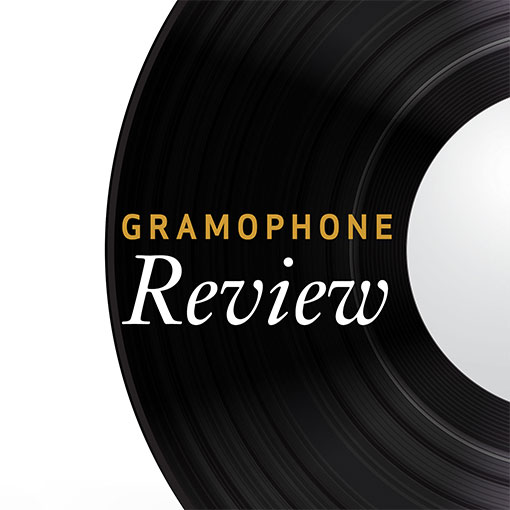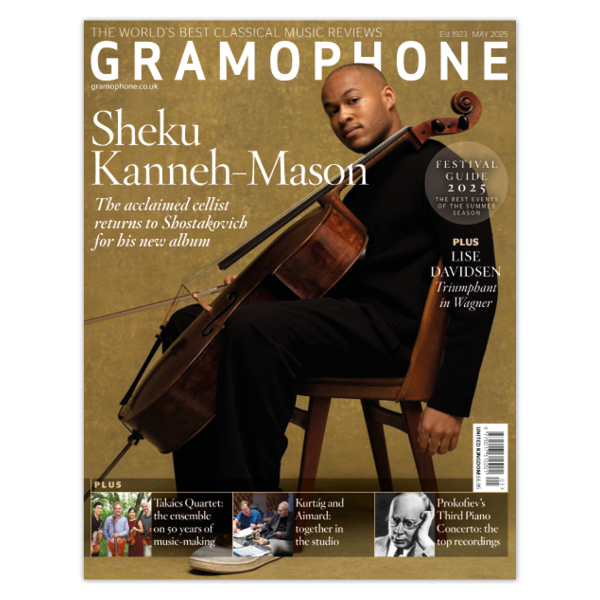Ireland String Quartets Nos 1 & 2; The Holy Boy
View record and artist detailsRecord and Artist Details
Composer or Director: John (Nicholson) Ireland
Label: ASV
Magazine Review Date: 6/1999
Media Format: CD or Download
Media Runtime: 65
Mastering:
DDD
Catalogue Number: CDDCA1017

Tracks:
| Composition | Artist Credit |
|---|---|
| String Quartet No. 1 |
John (Nicholson) Ireland, Composer
Hollywell Ens John (Nicholson) Ireland, Composer |
| String Quartet No. 2 |
John (Nicholson) Ireland, Composer
Holywell Ens John (Nicholson) Ireland, Composer |
| (The) Holy Boy (1913) |
John (Nicholson) Ireland, Composer
Holywell Ens John (Nicholson) Ireland, Composer |
Author: Andrew Achenbach
At the age of 14, John Ireland entered London’s Royal College of Music to study piano with Frederick Cliffe. Two years later, the stellar pupil became the youngest person ever to attain the rank of Fellow of the Royal College of Organists. Ireland’s overriding ambition, however, was to be accepted as a student of composition at the RCM under the tutelage of Stanford, and it would seem that he composed the present D minor Quartet (the manuscript of which is dated March 1897) in order to show the distinguished Professor of Composition precisely what he was capable of. In the event, it was not Stanford but the RCM’s then-Director Parry who heard the piece and promptly fulfilled the 18-year-old’s wishes (‘Capital, Ireland, capital. You are a composition scholar’). Six months later, Ireland wrote its C minor successor, which had to wait some 63 years for its concert-hall debut in the recital room of London’s South Bank Centre (with the consent of the elderly composer).
The first thing to be said is that in neither work is there the merest hint of Ireland’s mature voice: the models here are Beethoven, Schubert, Schumann, Brahms (the Agitato third movement of whose Op. 67 is almost recalled in the First Quartet’s Scherzo) and Dvorak. Ireland’s part-writing is assured and the sizeable scope of the Second Quartet certainly lacks nothing in youthful ambition. Both are by no means unpleasant – indeed, the C minor’s second-movement ‘Nocturne’ exhibits a most appealing lyrical grace – but at the same time I seriously doubt whether one would wish to revisit them terribly often. The Holy Boy makes a toothsome postscript.
Consistently fresh-faced, albeit rather sturdy performances, expertly engineered. A release, perhaps, of interest to Ireland specialists only.'
The first thing to be said is that in neither work is there the merest hint of Ireland’s mature voice: the models here are Beethoven, Schubert, Schumann, Brahms (the Agitato third movement of whose Op. 67 is almost recalled in the First Quartet’s Scherzo) and Dvorak. Ireland’s part-writing is assured and the sizeable scope of the Second Quartet certainly lacks nothing in youthful ambition. Both are by no means unpleasant – indeed, the C minor’s second-movement ‘Nocturne’ exhibits a most appealing lyrical grace – but at the same time I seriously doubt whether one would wish to revisit them terribly often. The Holy Boy makes a toothsome postscript.
Consistently fresh-faced, albeit rather sturdy performances, expertly engineered. A release, perhaps, of interest to Ireland specialists only.'
Discover the world's largest classical music catalogue with Presto Music.

Gramophone Digital Club
- Digital Edition
- Digital Archive
- Reviews Database
- Full website access
From £8.75 / month
Subscribe
Gramophone Full Club
- Print Edition
- Digital Edition
- Digital Archive
- Reviews Database
- Full website access
From £11.00 / month
Subscribe
If you are a library, university or other organisation that would be interested in an institutional subscription to Gramophone please click here for further information.





